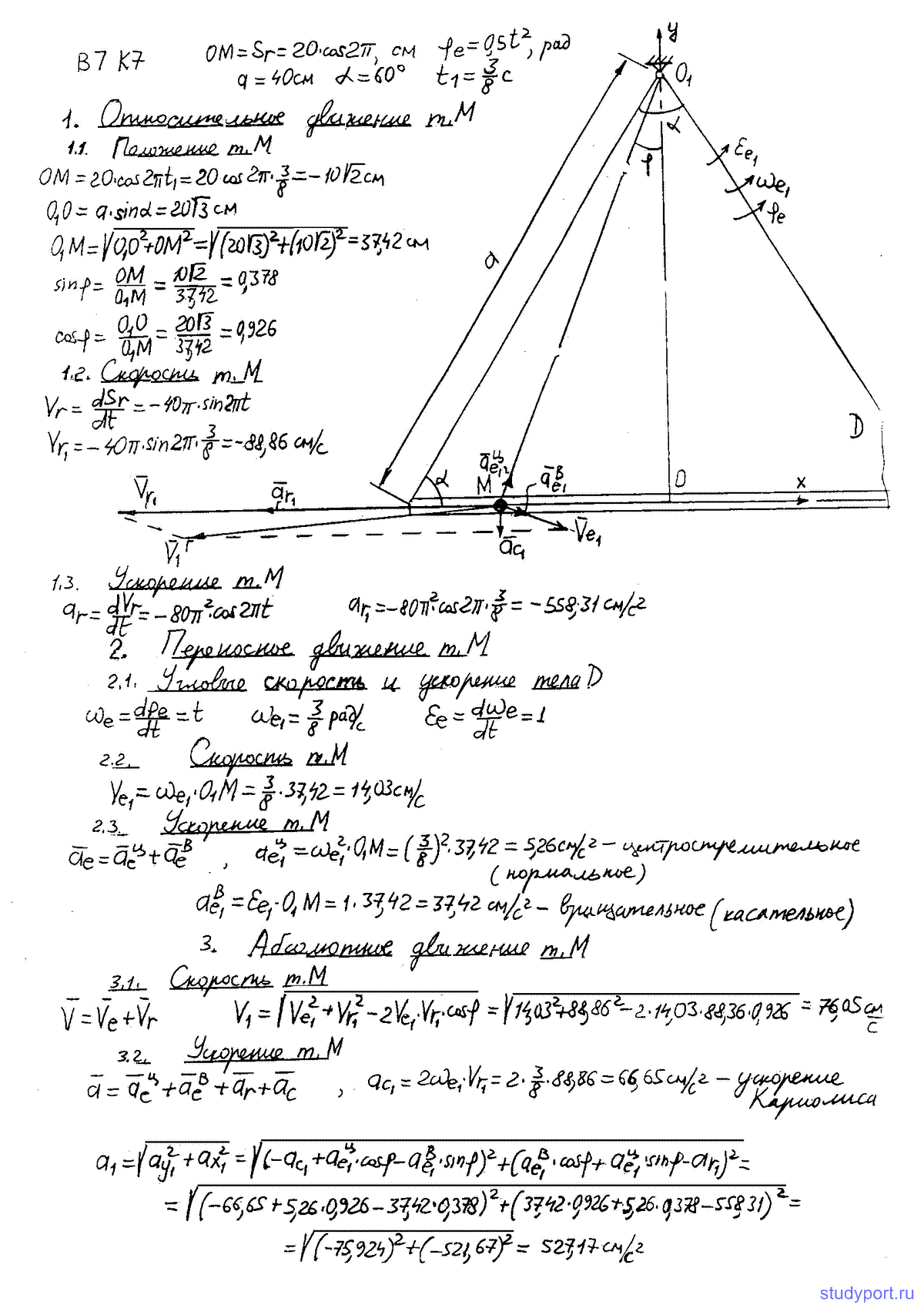COPYRIGHT STATEMENT Educational and scientific institutions are encouraged to reproduce and distribute these materials for educational use free of charge as long as credit and notification are provided. For any other purpose except educational or scientific, such as commercial etc, use of these materials is prohibited without prior written permission.
Readers may download papers for personal or educational or scientific use only, and not for any kind of commercial use. Illustrations can be used only as a part of the papers and by no means can be reused for any purpose without the permission of the owner of the copyrights.
May 07, 2017 Church Revolution in Pictures Photo of the Week. Standartnie karti na varkraft 3 frozen tron. Women replace priests in Portugal In Portugal it is becoming more and more frequent to find women replacing Catholic priests for the Sunday religious services. They still are not saying the Mass, but they carry out many functions that a priest normally does. From the altar they conduct the Sunday. Rešeni ispitni zadaci iz MEHANIKE I (Statika i Otpornost materijala). Books Mechanics View Item; Login Rešeni ispitni zadaci iz MEHANIKE I (Statika i Otpornost materijala) Show full item record. Title: Rešeni ispitni zadaci iz MEHANIKE I (Statika i Otpornost.
Traditional Construction Methods: CONCRETING CONCRETING Placing Concrete The main objective in placing is to deposit the concrete as close as possible to its final position as quickly and efficiently as you can, so that segregation is avoided and it can be fully compacted. Concrete can be transported by a variety of different methods ranging from wheelbarrows, dumpers and ready-mix trucks to skips and pumps, and though it is obviously desirable to place the concrete directly into position this is not always possible: for example, it will seldom be practical to discharge from a dumper or ready-mix truck directly into the top of a column or wall. Concreting using skip and crane Concrete pump for placing concrete Concreting Someone experienced in the construction of formwork, preferably a tradesman, should always be standing by when the concrete is being placed. He should have a supply of suitable materials such as props, bolts etc. To handle dangerous situations. Grout loss is an indication that joints were not tight or some movements has occurred during placing.

The vibrations transmitted to the formwork can loosen wedges and fixings so a close watch on all fastenings is necessary to avoid loosening. Similarly, wedges should be regularly checked and tightened. All split concrete or grout leakage should be cleaned or diluted with spray water immediately after concreting to make striking and cleaning easier especially with steel formwork. Remove timber spreaders which were used to hold formwork apart as concreting proceeds. Check cracking, excessive deflection, level and plumb, and any movement. Concrete should be deposited at, or as near as possible to, its final position. The concrete should be placed in uniform layers.
Avoid placing it in large heaps or sloping layers because there is always a danger of segregation, especially with mixes tending to be uncohesive. In walls and columns no layer should be more than about 450 mm thick. With layers thicker than 450 mm, the weight of concrete on top makes it almost impossible-even with vibration-to get the air out from the bottom of the layer.
In thin slabs compacted by a vibrating beam, restrict the layers to 150-200 mm. With greater thickness, vibrators have to be used. Place the concrete as quickly as possible. But not faster than the compacting method and equipment can cope with. Where a good finish is required on columns and walls, fill the forms at a rate greater than 2 metres height per hour. Also avoid delays and interruptions because these will cause colour variations on the surface.